Creating employee engagement is crucial for an organization that wants to develop and retain happy, dedicated employees. John Golden interviews Meredith Elliott Powell on employee engagement, and the critical factors for creating it within an organization.
This expert sales interview explores factors of employee engagement
- Findings on employee engagement
- The realities of employee engagement
- Recent changes to the sales world
- How to stay engaged with remote employees
Engagement Findings:
Powell wanted to explore how to build a culture that gets employees engaged and take ownership of their organization. As she was researching this topic, she found many different things. “I think the most surprising thing was how out of control people felt. They didn’t understand that there were things they could do to take charge of their careers,” said Powell. “I also think that companies are under the belief that if we create these fantastic cultures of engagement that people will want to get engaged. But, you can’t force people to engage.” The other surprising thing Powell discovered was how valuable talented and good employees are in this economy. It is the only competitive advantage organizations have left, and makes employee engagement even more vital.
Realities of Employee Engagement:
When exploring the realities of employee engagement, there were two common scenarios. The first was that engagement was very gimmicky. It included things like employees getting massages. “This culture of engagement sounded more like going to a spa than getting a job,” said Powell. The other kind of common scenario was where an environment for employee engagement was created, but upper management didn’t follow through. “Engagement was something that someone else saw to do, it wasn’t something that leadership really held onto,” said Powell.
Recent Changes:
Previously, employees went to work believing that if they worked hard, they could retire there and get a pension. Working hard was the cure for worrying about being outsourced or downsized. But this reality has changed, especially in the last decade. These days, every employee is worried about losing their job, and no company can guarantee jobs. Once upon a time, workers located themselves where the jobs were. People lived near the office and centered themselves around the location of their employment. But now, there are a lot more employees that are living where they want to live and then finding a remote job. With the risk of being fired or let go a more common possibility, there has been a shift in balance. This creates a huge challenge for companies. “That’s the biggest challenge that companies have today. They still think they’re operating in an environment where employers will go, and move, and do whatever they ask. But employees are now thinking they’re going to put their life first, and they’ll work it out,” said Powell. “I personally think it ends entitlement on both sides. Companies don’t feel they have to hold onto people, and people don’t feel they have to stay at their company for 50 years. I think it’s very healthy for business, but we have to get our minds around it.”
Remote Engagement:
In today’s environment, with so many remote employees, you have to rely a lot more on building and having communication to build better employee engagement. You have to create ways for employees to stay in the loop with things that are going on. “The most powerful way to engage people, whether they’re present with you in the office or remote, is to give them ownership and skin in the game,” said Powell. “Put them in charge of projects. Ask them for feedback and input. That makes people take responsibility.” The moment that their idea becomes part of the cloth of how the organization moves forward, they begin to care. It’s also worthy of noting that the most successful companies that have mainly remote employees bring everyone together in person at least once a year to foster in-person engagement as well.
To learn more about employee engagement, watch the full expert sales interview.
About our Host:
John is the Amazon bestselling author of Winning the Battle for Sales: Lessons on Closing Every Deal from the World’s Greatest Military Victories and Social Upheaval: How to Win at Social Selling. A globally acknowledged Sales & Marketing thought leader, speaker, and strategist. He is CSMO at Pipeliner CRM. In his spare time, John is an avid Martial Artist.
Pipeliner CRM empowers engagement from sales management and salespeople.Get your free trial of Pipeliner CRM now.


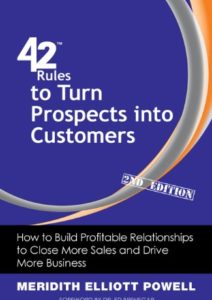
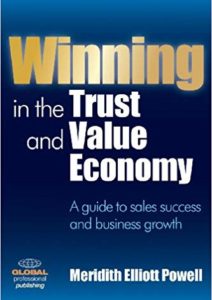
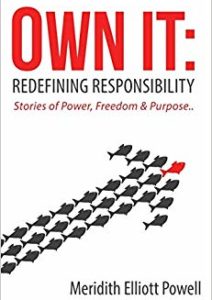
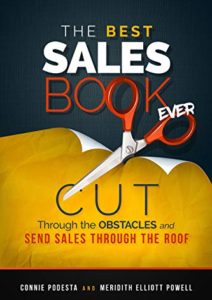
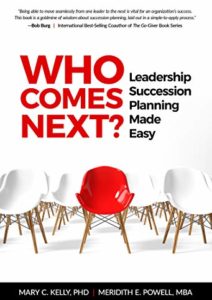

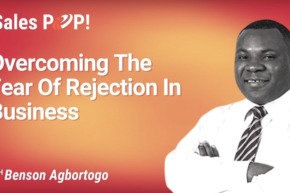


Comments